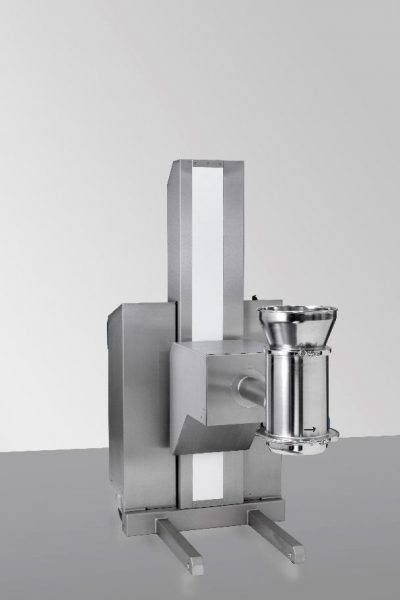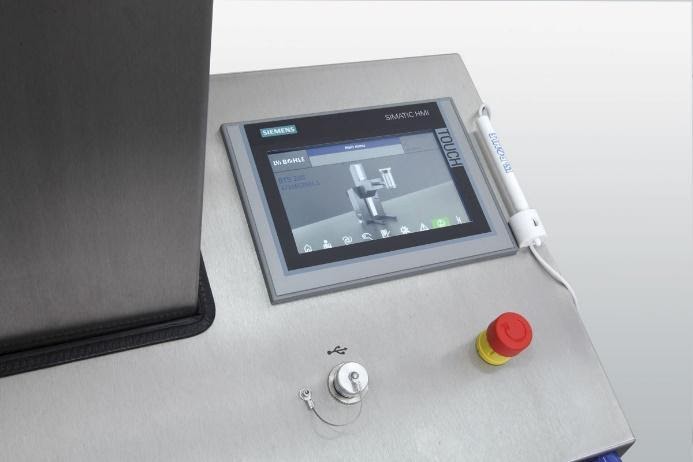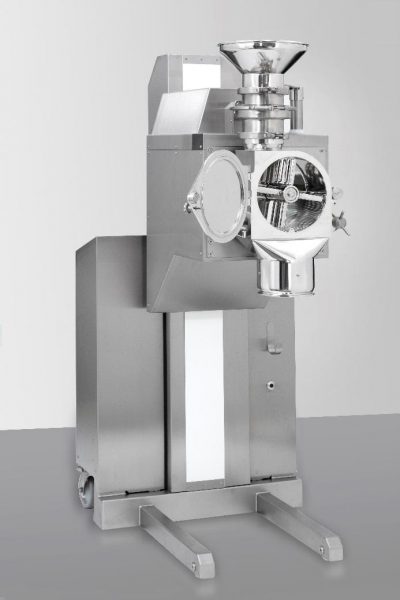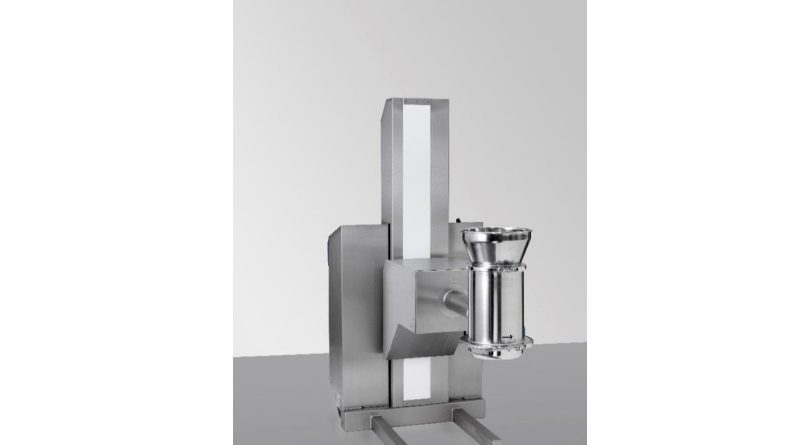Pharmaceutical Grinding and Sieving Technology Trends in 2021
Currently, pharmaceutical tablet manufacturing is practically unimaginable without the use of sieving or milling machines. Sieves and mills are required whenever active and inactive ingredients are handled and tablets or other pharmaceutical products are being manufactured.
Versatile sieves and mills for a wide range of processing applications
Pharmaceutical solids are milled using sieving machines and mills to minimize their size. This achieves two goals: Firstly, increasing the speed of dissolution by enlarging the particle surface. Secondly, ensuring homogeneous mixing by evening out any differences in particle sizes.
Milling and sieving sieving machines are key in pharmaceutical manufacturing because of their versatility. They can be integrated into complex production lines, such as filling and emptying or transfer operations at process machines, or for filling and decanting containers.
The versatility of mills and sieves, as well as the fact that they take so little space, are critical aspects in their application and functionality. The small footprint of these systems is especially effective in pharmaceutical clean rooms, where space is often limited.Furthermore, some sieving systems and mills come with built-in lifting columns, allowing them to be implemented into almost every process scenario.
Decisive factors for the use and functionality of mills and sieves include their flexibility and the fact that the equipment requires minimal space. In pharmaceutical clean rooms where there is often not much space, the small footprint of these systems is a major benefit. In addition, certain sieving systems and mills are equipped with built-in lifting columns so that they can be integrated into almost any imaginable process scenario.
The mobility of the machines is a further factor that improves operational effectiveness. They can be simply and conveniently moved or disassembled for use or cleaning.
Moreover, mills and sieves are constantly evolving and improving. This article addresses some of the latest developments and trends, presenting an example of how the use of modern hammer mills has increased production efficiency.
Conical sieving machine
Conical sieving machines are utilised for the uniform size reduction of pharmaceutical ingredients. They can also be used for mixing, sieving, and dispersing. Conical sieving machines are available in a wide range of different sizes – from laboratory equipment to high-capacity systems.
The sieve offers various production advantages compared to other milling technologies available on the market: It operates very quietly, produces a narrow particle size distribution, and also has a higher capacity and design versatility. For the processing of low-density materials, this means that a sieving system of this type can achieve a throughput that is 50 percent higher than that of conventional mills.

The Turbo Sieve BTS designed and patented by L.B. Bohle Maschinen und Verfahren GmbH (Ennigerloh) is used for particle size calibration, ensuring an optimum particle size distribution. The use of various conical sieve inserts (hole sieves and friction sieves) supports the processing of both dry products and wet products at speeds of 150 to 1500 rpm (revolutions per minute), making it possible to achieve hourly product capacities of two to three tonnes.
Operators work with an easy-to-use 7-inch touch panel that provides access to user management and recipe management as well as PDF batch print management and includes a USB interface. The Turbo Sieve has an explosion-proof version which can also be used for applications requiring compliance with the ATEX directives.

Manual cleaning is quick and convenient thanks to the sieve’s hygienic design. Using the bayonet mount and clamp ring combination, the sieve container can be removed easily. As a result, cleaning the individual parts is a breeze. Cleaning nozzles may be added to the sieve housing as an option for simple WIP cleaning, where substance residue from the sieve container is removed easily. The scope of supply includes cleaning nozzles on the sides of the sieve insert and under the angled drive. They get their cleaning solution from a central water connection point.
Hammer mills
Hammer mills (also known as turbo mills) are ideal for batch and continuous production, as well as for research and development. They are used for the size reduction of powders, agglomerates, and granulates. Hammer mills are used if the application demands a precise particle reduction for hard-to-mill active ingredients and other substances. Furthermore, hammer mills are used to re-mill fragmented tablets.
Already manufactured tablets are inspected and can fail to fulfill the customer’s specifications for different reasons. Such standards might include flaws in their appearance or a lack of the required weight or hardness. If the tablet does not meet the manufacturer’s criteria, the hammer mill can be used to pulverize the tablets and re-use the materials. The recycling of materials in manufacturing significantly lowers the rate of rejects and raises productivity.

Hammer mills, such as L.B. Bohle’s BTM series (Bohle Turbo Mill), can produce up to 1500 kg/h at speeds ranging from 600 to 6000 rpm. The BTM is fitted with an automatic dispenser unit (rotary feeder) to achieve this. This allows the operator to feed the material evenly and without overloading the milling chamber.
Furthermore, automated feeders can regulate the flow of powder in the milling chamber. Additional advantages include reduced heat generation and the ability to replicate the operation with the same parameters. The internal rotor has two sides with different functions that can be used for applications with wet or dry products. Whilst the knife side mills sticky products, the hammer side is used for crushing hard, crystalline products.
The particle size in a hammer mill is determined by the sieve size chosen for the mill. The BTM comes with a variety of sieve inserts that can reduce the material size to as small as 0.1 mm.





